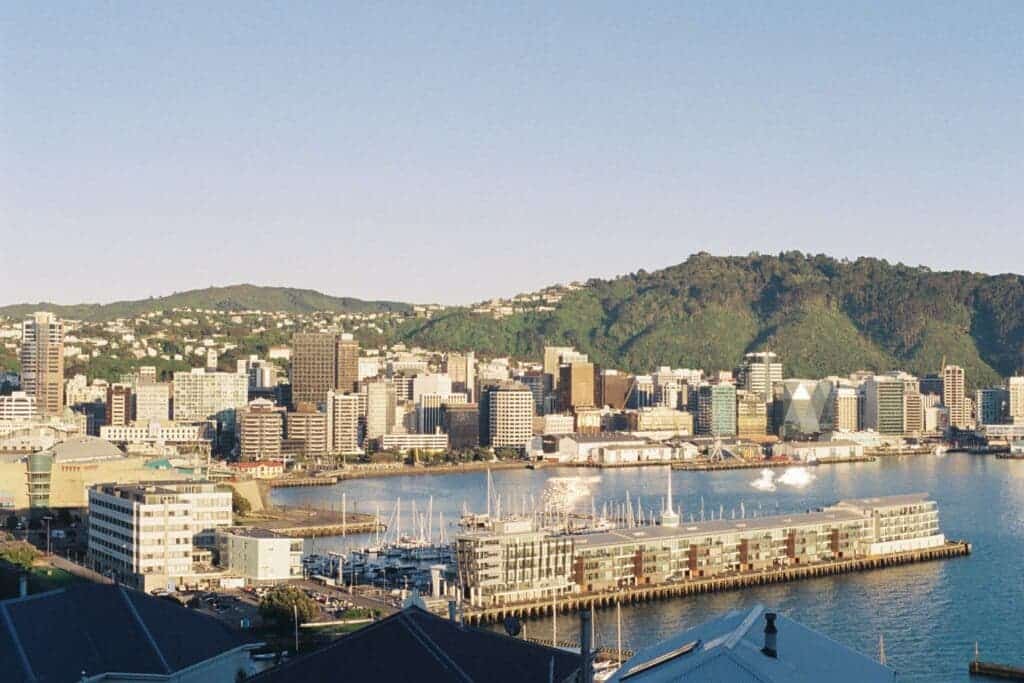Clear communication, early science-based interventions, and compassion have been the hallmarks of New Zealand’s coronavirus approach. So far, it’s worked out brilliantly, as the country is still staying true to its COVID-19 eradication strategy.

New Zealand closed its borders on March 19, when there were 240,000 COVID-19 cases worldwide. Since then, the total number of cases has grown to 20 million worldwide, while New Zealnd is virtually coronavirus free — there are still 23 active cases (all in managed isolation and quarantine facilities), but there is no community transmission. The country’s efforts have been universally praised, and the country’s leader, Jacinda Ardern hailed as an example for other politicians to follow.
It’s been over 100 days since the last transmission of the virus took place inside the country, on May 1. This puts New Zealand among just a handful of countries to achieve this goal. In fact, there are only a few places in the world actively seeking to eradicate the virus, and almost all of them are in Asia/Oceania. The likes of Taiwan, South Korea, Vietnam, Mongolia, Australia, and Fiji are among them, alongside several other small countries such as the Vatican and East Timor.
Vietnam’s 99-day streak of no community transmission was broken in July when a man tested positive for the virus, and since, cases in Vietnam have reached “record” levels: 30-40 cases have been reported daily in Vietnam over the past week, a reason of concern for the country of almost 100 million people who has so far done a stunningly good job at keeping the coronavirus at bay.
Critics will point out at New Zealand’s geography as a reason for success: an island with a relatively sparse population isolated from most of the world. Those are valid points, but while it is true that New Zealand’s situation is very different from that of Vietnam or South Korea, this doesn’t erase the country’s achievements. We’ve seen time and time again the resurgence of the virus in areas previously thought safe, including the Victoria and New South Wales areas in Australia.
So instead of resting on its laurels, New Zealand already has a plan in place in case the virus and is still actively testing and following WHO guidelines, a government statement recently pointed out. Many places that had COVID-19 under control suffered a rapid resurgence. If this were to happen, the plan is to “act hard and fast”, taking localized action to “ring-fence” the virus, Ardern said.
“We are intercepting and isolating cases of COVID-19 at our border – but we need good baseline testing rates among people working at our border and in our communities each day so we can remain confident we have no community transmission in New Zealand,” the press release notes.
“A single case outside of managed isolation could rapidly infect many other people and turn into a widespread outbreak as we have seen occur overseas. Many places that had COVID-19 under control have quickly found themselves in the middle of a resurgence. We have worked too hard to be where we are to let that happen.”
New Zealand had a natural advantage in its geography, but it used its advantage wisely, setting an example for others to follow — and others are paying attention. For instance, Ireland and Scotland now see “a real opportunity for the elimination of COVID-19,” learning from examples such as New Zealand. It’s not easy, it requires careful, science-based planning, as well as a lot of economic and social sacrifice, but it can be done, at least in some places. Whether or not those attempts will be successful remains to be seen. In the meantime, there’s no silver bullet against the ongoing pandemic.
The lessons that can be learned from New Zealand’s case are summarized in a commentary published in the New England Journal of Medicine:
“There are several lessons from New Zealand’s pandemic response. Rapid, science-based risk assessment linked to early, decisive government action was critical. Implementing interventions at various levels (border-control measures, community-transmission control measures, and case-based control measures) was effective. Prime Minister Jacinda Ardern provided empathic leadership and effectively communicated key messages to the public — framing combating the pandemic as the work of a unified “team of 5 million” — which resulted in high public confidence and adherence to a suite of relatively burdensome pandemic-control measures.”


